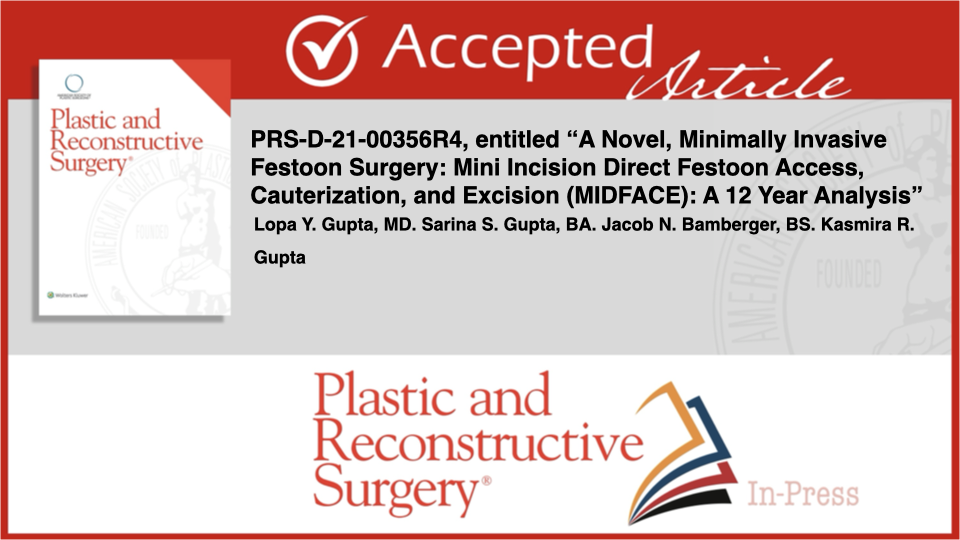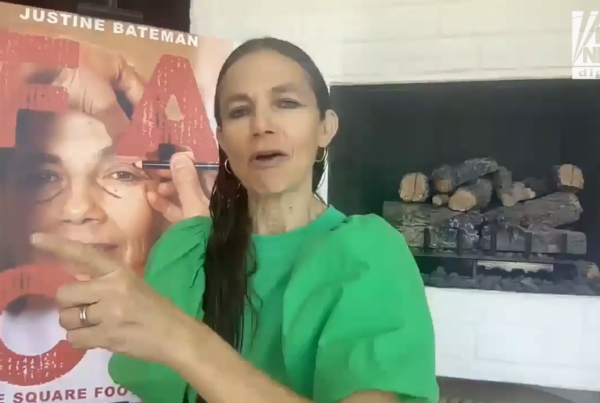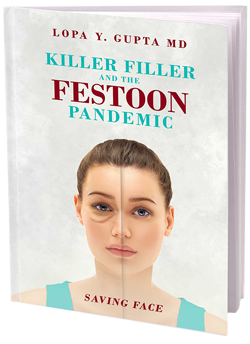
A Novel, Minimally Invasive Festoon Surgery: Mini Incision Direct Festoon Access, Cauterization, and Excision (MIDFACE): A 12 Year Analysis
Gupta, Lopa Y. MD, FAAO, FAACS1; Gupta, Sarina S. BA2; Bamberger, Jacob N. BS3; Gupta, Kasmira R.4
Dr. Gupta’s study discusses a new approach to managing festoons, characterized by puffy or swollen areas under the eyes.
The study presents the outcomes of a novel, minimally invasive festoon repair technique called MIDFACE (Mini-Incision Direct Festoon Access, Cauterization and Excision). The procedure involves a small incision of only 1 centimeter in the office setting compared to traditional surgical methods involving invasive procedures, visible scarring, and lengthy recovery periods, with high rates of the condition recurring.
The researchers evaluated the charts of 75 consecutive patients who underwent MIDFACE between 2007 and 2019. Three expert physicians assessed photographs of 39 patients who met the inclusion criteria to evaluate the visibility of the festoons and incisions. The physicians compared preoperative and postoperative photographs taken from different angles, with and without flash, using statistical tests to analyze the data.
The results showed no significant complications in the patients who underwent the MIDFACE procedure. The physician grading of the 39 patients demonstrated significant and sustained improvement in festoon appearance postoperatively for up to 12 years, regardless of the angle or presence of flash in the photographs. The incisions made during the procedure were not detectable in the pictures.
Additionally, surveys returned by 37 out of the 75 patients were evaluated to assess patient satisfaction and identify potential factors contributing to festoon formation or worsening. The average patient satisfaction rating was 9.5 on a scale of 0-10.
The study also identified several factors that could contribute to festoon formation, including genetics, pet ownership, prior use of hyaluronic acid fillers or neurotoxins, previous facial surgery, alcohol consumption, allergies, and sun exposure.
In conclusion, the study suggests that the MIDFACE technique provides sustained improvement in festoons through a minimally invasive procedure performed in an office setting. Patients reported high satisfaction levels, rapid recovery, and low recurrence rates with this approach.





